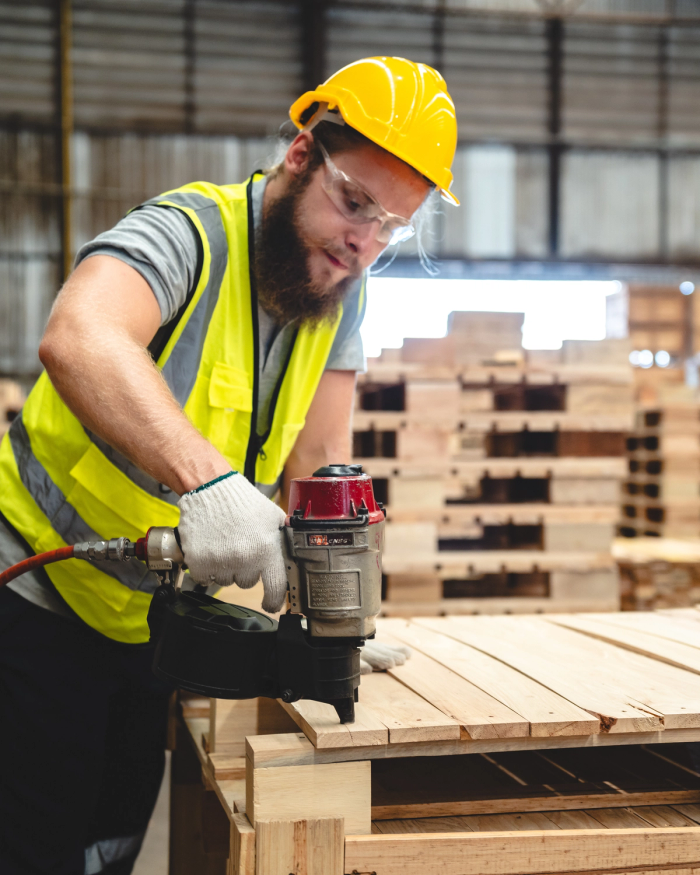Repaired Pallets For Sale Near Me

What Are Repaired Pallets?
A repaired pallet is a wood pallet that has undergone maintenance to restore its structural integrity and functionality after sustaining damage or wear. Repairs may involve replacing broken boards, fixing loose nails, or adding plugs for reinforcement. Repaired pallets are categorized into grades based on the extent of repairs and their overall condition, offering a cost-effective and sustainable alternative to purchasing new pallets.
How Repaired Pallets Are Graded
Repaired pallet grades help businesses select the right pallets for their specific needs, balancing quality and cost.
Repaired A Grade: Have undergone minimal repairs to maintain a like-new appearance and structural integrity, with no plugs or companion runners.
Repaired B Grade: A cost-effective option with more noticeable repairs, such as plugs or replaced boards, but still structurally sound.

Are Repaired Pallets the Right Choice for Your Operation?
To help determine if repaired pallets are the right product for you, consider the following comparisons:
Pros:
- Cost-effective: More affordable than new pallets.
- Eco-friendly: Reduces waste and conserves resources.
- Reliable: Maintains structural integrity when properly repaired.
- Customizable: Repairs can reinforce key areas for specific needs.
Cons:
- Aesthetic limitations: May have a worn appearance.
- Shorter lifespan: Might not last as long as new pallets.
- Quality variability: Repairs can differ in quality.
- Regulatory restrictions: Limited use in certain industries, like food and pharmaceuticals.

